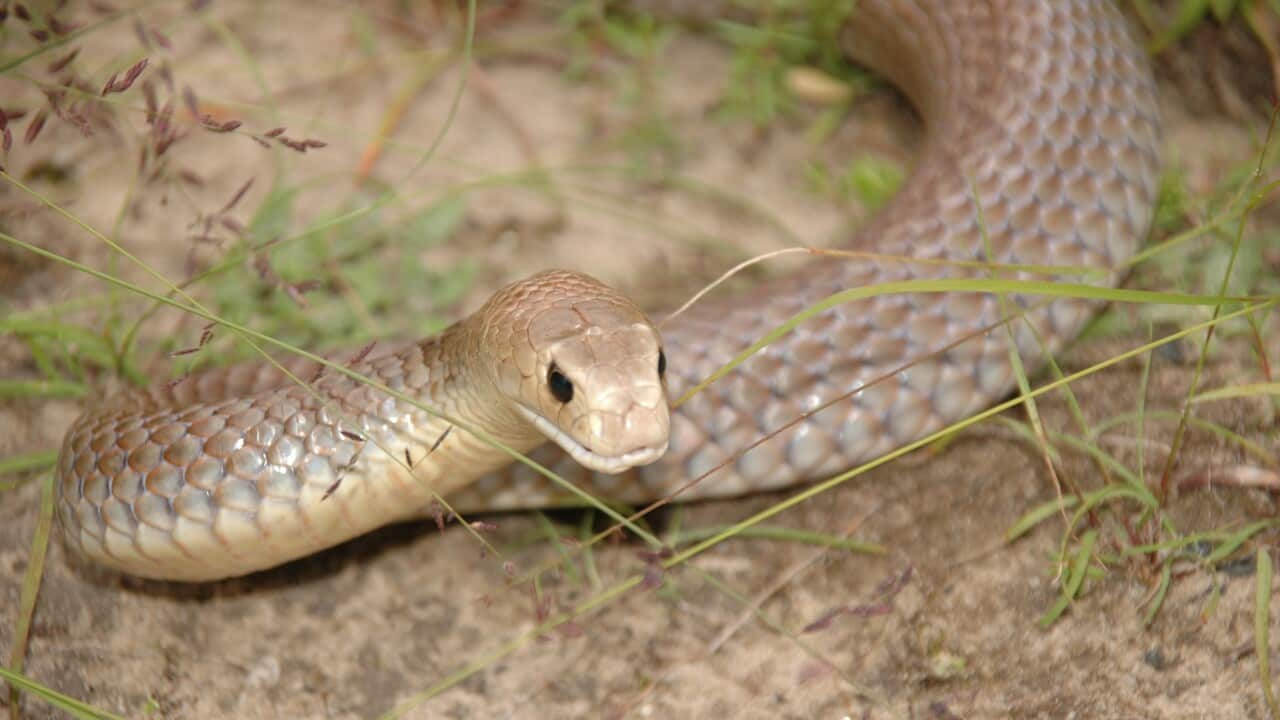TRANSCRIPT
Dr. Jackson, most of us of course, aren't snake experts, so how would we know if a snake is venomous?
That is a very good question, Janice, and really the simplest answer is treat all snakes as if they're potentially venomous, which means leave them alone. Give them a wide berth if you do see them. There are ways of distinguishing venomous from non venomous snakes, but they can be a little bit technical. Actually, best thing to do is just to treat every snake as though it is potentially venomous, and again, that means leaving it alone, and that also means treating every snake bite or even suspected snake bite as a potentially life-threatening emergency.
Well, from the sounds of things, unfortunately, it sounds like this one involved in this most recent attack was an eastern brown snake. Is there anything in particular, any distinguishing features that we should know about this particular snake?
Well, as the name suggests, they're often brown, but it is actually even a little bit of a misnomer. They can be black, they can be orange, they can be banded. The classical Eastern brown snake though is a uniform brown colour, especially as an adult underneath on the belly. If you happen to be close enough to see that, or if they're doing their classic threat display, they'll show their belly a little bit. They do have bright orange spots on the belly, which is really a defining feature of the Brown Snake Group
And Dr. Jackson. We've had some pretty unseasonably warm weather around a lot of the country recently. What sort of effect does that have on snake numbers?
On the snake numbers, it's very difficult to say. We don't have a lot of good data over many years. In terms of snake sightings though, there's going to be a fairly clear effect and the snakes are active on warmer days, but not too hot. As we start to get these really nice spring days here in Melbourne or somewhere like Sydney, then you're going to see more snakes. The snakes are waking up, they've been sleeping or broom mating, resting over the winter period. Now they're coming out, they're hungry, they're looking for food, they're looking for mates, so they are on the move and snake sightings will increase.
Dr. Timothy Jackson, thanks so much for your time.
Absolutely. Thanks so much, Janice.













